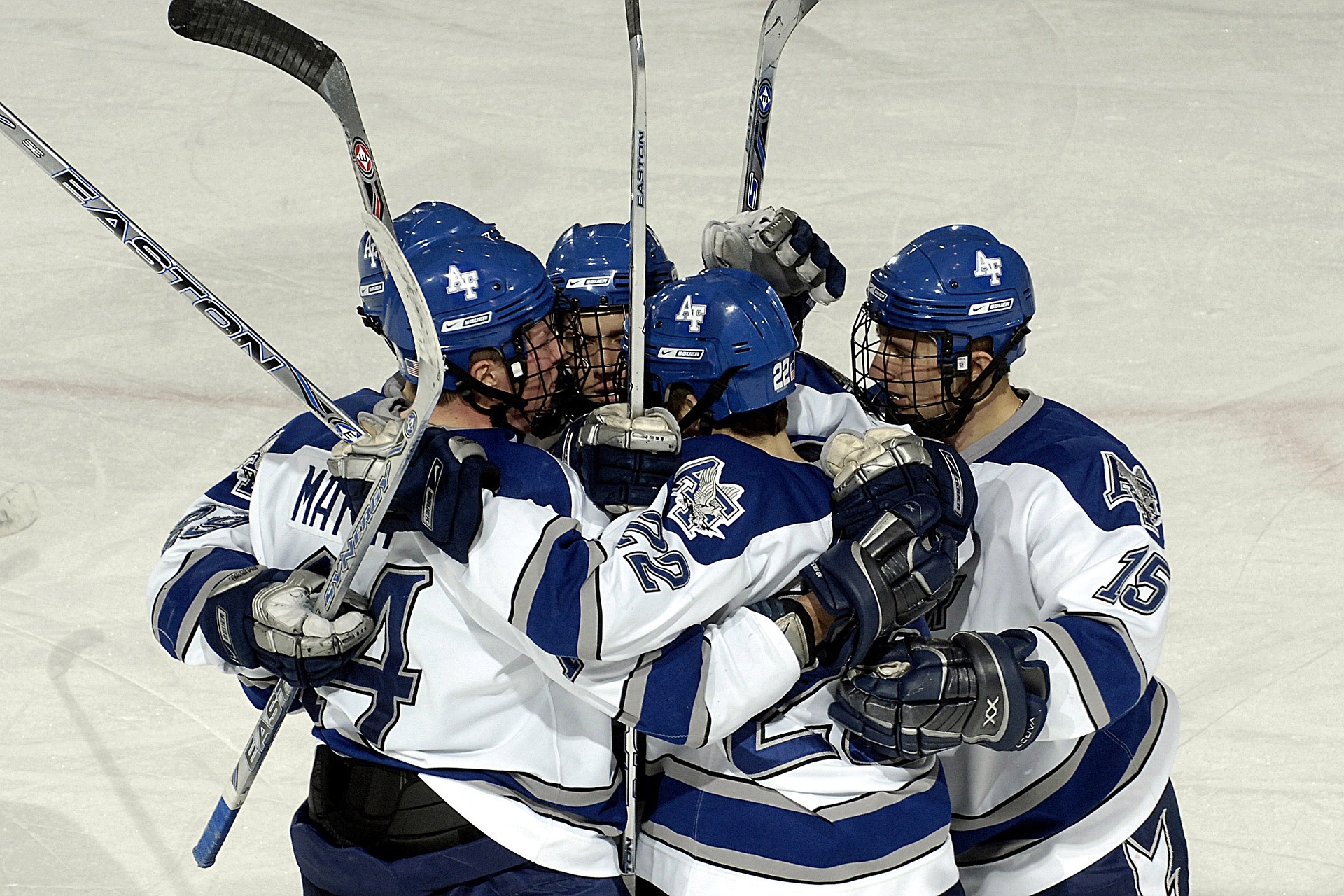Group dynamics
ATL: Essential understandings
Biological, cognitive and sociocultural factors all play a role in prejudice and discrimination.
Conflict may be the result of dispositional and/or situational factors.
Psychological theory may be applied to resolve conflict.
Cooperation and conflict both have an effect on an individual’s behaviour.
 When psychologists discuss group dynamics, they are discussing how members of a group interact (intragroup dynamics) or how members of one group interact with members of another group (intergroup dynamics).
When psychologists discuss group dynamics, they are discussing how members of a group interact (intragroup dynamics) or how members of one group interact with members of another group (intergroup dynamics).
A social group consists of two or more people who interact with each other and who perceive themselves as a distinct social unit. Once a social group is formed, you will often see that certain norms are formed with regard to how members should behave in a given situation. An important concept here is 'norm'. There are implicit norms (not directly spoken) and explicit norms (openly talked about), which guide the behaviour of the group.
According to the American psychologist Philip Zimbardo, norms shape behaviour because they provide guidelines for behaviour which, when followed, lead to social approval; in this way, norms establish a basis for estimating how far one may go before experiencing the normative power of ridicule, rejection, or loss of status among friends, acquaintances, and co-workers. Group norms are often internalized and become part of the group members' own beliefs and value systems. They are also a way for group members to show commitment to the group; they conform to group norms to feel accepted and avoid social exclusion.
The focus of this chapter is primarily on group dynamics. Intragroup behaviour is behaviour that is demonstrated within a group among its members. Intergroup behaviour is when individuals belonging to one group interact, collectively or individually, with members of another group Intergroup behaviour is explained by Social Identity Theory: First, you identify with a group (a cognitive process); then, you attach some value to being a member of that group (an evaluative process), and finally, there is an emotional investment in the group membership.
Sometimes the interactions can be negative. Negative interactions are often characterized as being competitive, rather than cooperative. In addition, perceptions of members of the other group are usually stereotypes, leading to both prejudice and discrimination. According to Deutsch (1998), competitive relationships are characterized by poor communication, suspicion of others’ intentions and seeing an increase in another group’s power as a threat to your group.
Interactions, of course, can also be positive. Positive interactions are characterized as being cooperative rather than competitive. According to Deutsch, cooperative relationships are characterized by effective communication, common goals and a sense of trust.
Cooperation vs. Competitive approaches
Morton Deutsch (1998) described groups as either adopting a cooperative approach or a competitive approach. He described these traits as follows:
Cooperative styles
- Effective communication where members of the group feel free to voice their opinions. Other members of the group pay attention to others' ideas and are influenced by them.
- Group members help other group members.
- There is a division of labour and a clear setting of group goals.
- There is a sense of basic similarity in beliefs and values.
- Everyone's needs are valid and worth addressing.
Competitive styles
- Communication is reduced as there is a lack of trust in the group. Members withhold information in order to gain an advantage.
- Suspicion of others' intentions. There is a focus on individuals' negative traits, rather than the positive traits.
- Less productive as there is a lack of trust that means that it is difficult to divide a task among members.
- Rejection of others' ideas leading to lower self-esteem and confidence.
- Members see other members' success as a threat to their position in the group.
- Thinking is rigid and does not welcome compromise.
ATL: Reflection
Think about a team that you have been on in the past - whether it be a sports team, a musical or drama ensemble or a project in class.
Reread the list of qualities listed above for cooperative and competitive groups. For each of the following questions, be able to justify your position.
1. With regard to the type of team that you were on, which cooperative traits do you think are the most important?
2. With regard to the type of team that you were on, which competitive traits do you think are the most harmful?
3. Is there anything that you feel that Deutsch is missing on either the list of cooperative or competitive traits?
This chapter will start by focusing on a positive group dynamic: cooperation. It will then look at the nature of prejudice. The chapter will then will look at the origins of conflict, examining a range of conflicts from discrimination to violence. Finally, theories for resolving conflict will be explored.

 IB Docs (2) Team
IB Docs (2) Team
